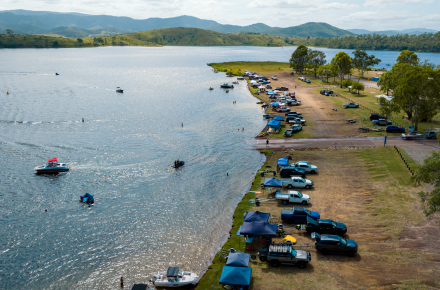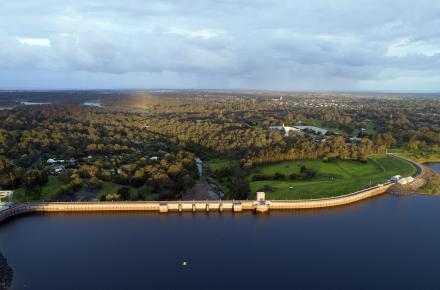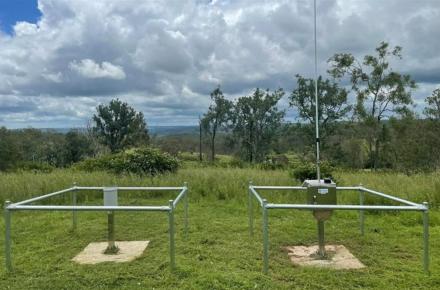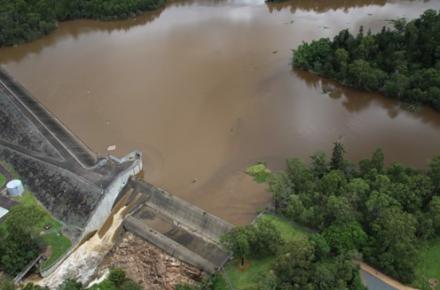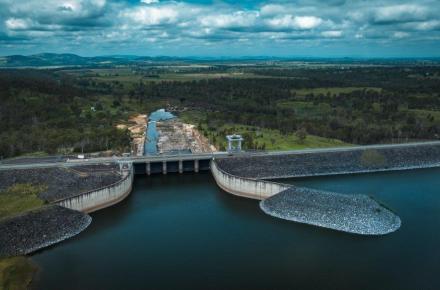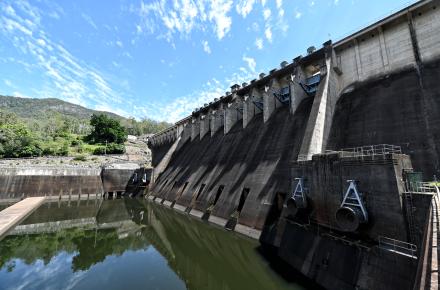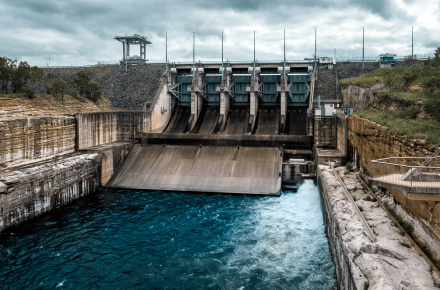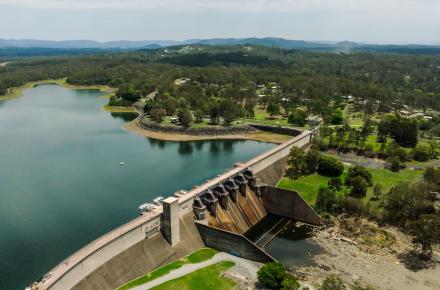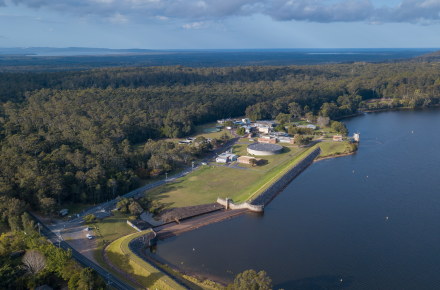SEQ combined dam levels are currently just under 66% or about 4% less than the same time last year. Water use is also higher than the same time last year at 170l/p/d, up from about 160l/p/d.
Seqwater Chief Executive Officer Neil Brennan said the increase in water use, combined with falling dam levels, was a timely reminder for all of us to keep looking for ways to better manage our water use.
Seqwater this month will launch a social media campaign focusing on weekly updates on dam levels and water use as well as waterwise hints and tips as SEQ heads towards Winter.
The region’s largest drinking water storages Somerset and Wivenhoe dams have not recovered from consecutive poor wet seasons. Wivenhoe remains at its lowest levels since the Millennium Drought broke in early 2009 at just above 50% capacity. This time last year Wivenhoe was almost 60% capacity.
“We are continuing to optimise the operation of the SEQ Water Grid to best preserve our larger water storages, including Wivenhoe Dam, but we need to the community’s help to slow the drawdown on our dams,’’ Mr Brennan said.
“There are simple and common-sense ways we can all save water while maintaining our strict hygiene practices required to combat COVID-19, such as ensuring we all wash our hands regularly.
“For many of us, staying at home may mean more time tending to gardens and lawns, but it’s important to still be water wise by watering before 8am or after 4pm – out of the heat of the day when evaporation is at its highest.”
To preserve storage levels at Wivenhoe, Seqwater is currently operating the SEQ Water Grid to move water from the Sunshine Coast and Gold Coast dams - many of which are at capacity - to supplement water supply for Brisbane.
The Gold Coast Desalination Plant is also continuing to supplement the region’s water supply while a critical upgrade is carried out at Brisbane’s largest water treatment plant at Mount Crosby.
Seqwater implemented the region’s drought response plan in November last year in partnership with the region’s water service providers when the combined level of the Grid dams fell below 60% capacity. If SEQ experienced a similar Winter and Spring weather pattern as last year, dam levels could fall below 60% before the end of the year requiring the drought plan to implemented again.
Water restrictions will not need to be considered unless dam levels fall below 50% capacity.
The Bureau of Meteorology is predicting some rain during the winter months however drier conditions are likely to continue.






